June 11, 2025 – At AWE USA 2025, Samsung Display unveiled a groundbreaking lineup of RGB OLEDoS (OLED on Silicon) panels designed for extended reality (XR) headsets, setting a new industry benchmark. The highlight was a 1.3-inch RGB OLEDoS panel boasting 20,000 nits peak brightness, doubling the 10,000-nit standard from 2024 and marking the highest brightness ever in its class.

This leap was made possible by integrating Micro Lens Array (MLA) technology with advanced silicon-based OLED manufacturing, greatly enhancing display clarity and energy efficiency. With a pixel density of 4200ppi and support for 120Hz variable refresh rate, the display delivers stunning visuals. MLA also expands the viewing angle to ±80 degrees, addressing the traditional side-view limitations of OLED-based headsets.
A Samsung spokesperson noted that power consumption has been reduced by 15% compared to previous generations, thanks to innovations in dynamic backplane control and adaptive refresh rate modulation.
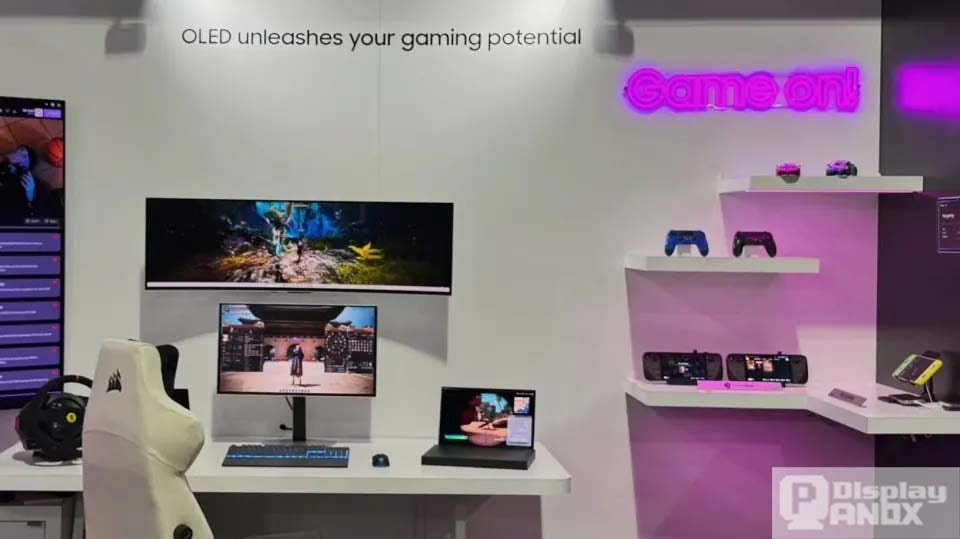
In addition, Samsung showcased a 1.4-inch flagship RGB OLEDoS version with 5000ppi and 15,000 nits brightness, supporting HDR10+ and 99% DCI-P3 color gamut coverage. Both displays feature an RGB pixel structure, eliminating the screen-door effect seen in traditional white OLED (W-OLED) and delivering sharper edges for text and images.
Samsung also presented a white OLEDoS panel (1.3-inch, 4000ppi, 10,000 nits), which is now in mass production. This variant will ship to major XR brands such as Meta and XREAL for Q4 2025 products. Due to higher complexity, RGB panels are scheduled for mass production in Q2 2026, with an initial monthly capacity of 200,000 units.
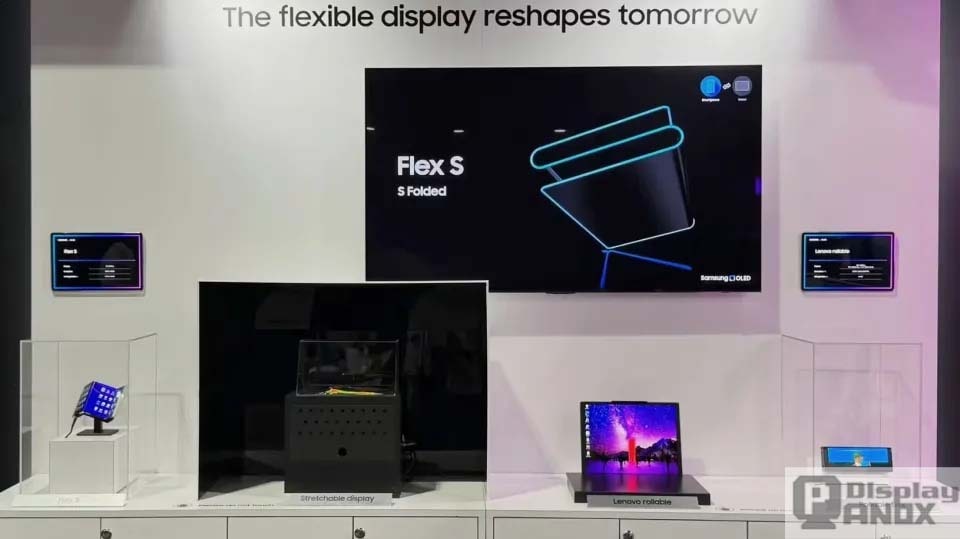
Notably, Samsung’s U.S. subsidiary eMagin also introduced a 0.62-inch white OLEDoS display (264ppi, 10,000 nits), designed for ultra-compact AR glasses. The ultra-thin panel (0.35mm) supports curved installations, offering promising potential for foldable AR devices.
This launch signals a new phase in the “brightness arms race” of XR displays. Compared to 2023’s 5,000-nit panels, Samsung has quadrupled brightness in just two years, far surpassing competitors like Apple Vision Pro (2,000 nits) and Meta Quest 3 Pro (1,200 nits). Analysts say this level of brightness meets the demands of outdoor AR navigation, industrial inspection, and high-glare environments, pushing XR from indoor to outdoor use.
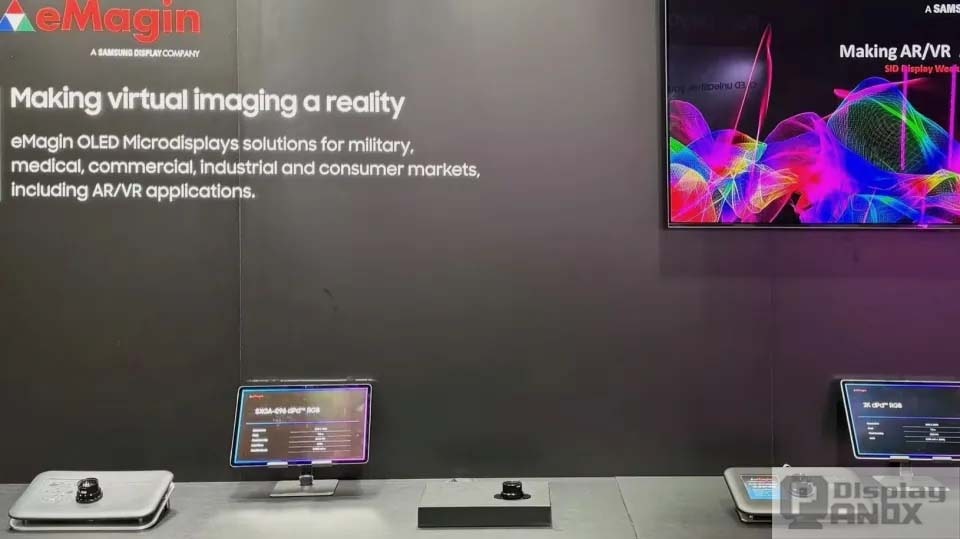
Samsung leveraged both SID 2025 (May) and AWE USA 2025 (June) to showcase its full-spectrum display innovation. Beyond XR, the company also demonstrated a 12.4-inch flexiable OLED panel and a stretchable Micro OLED screen, reinforcing its dominance in next-gen display technologies.
With licensing deals already signed with several XR manufacturers, commercial XR glasses powered by Samsung’s RGB OLEDoS panels are expected to debut in 2026. As Micro OLED technology continues to evolve, XR devices will likely break through existing performance barriers in resolution, brightness, and power efficiency.

Verification Code*
Panox Display

Browse Articles by Category
OEM SERVICE
Customized Touch Panel

HDMI/Type-C Controller/Driver Board
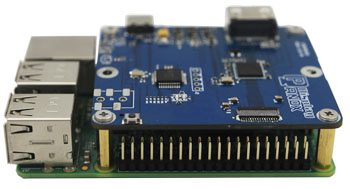
Custmized LCD/OLED

Free Connectors

Find a Display to Fit Your Application
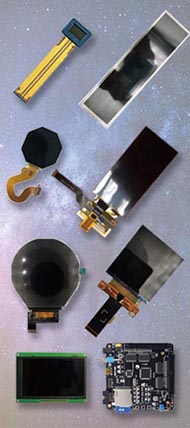
For More OLED/LCD Panels
Get the Latest Displays
If our display fit your application, subscrlbe for monthly Insights
We got your inquiry and will contact you within one work day.
If it`s urgent, try to contact
Whatsapp: +86 18665870665
Skype: panoxwesley
QQ: 407417798
If it`s urgent, try to contact
Whatsapp: +86 18665870665
Skype: panoxwesley
QQ: 407417798









